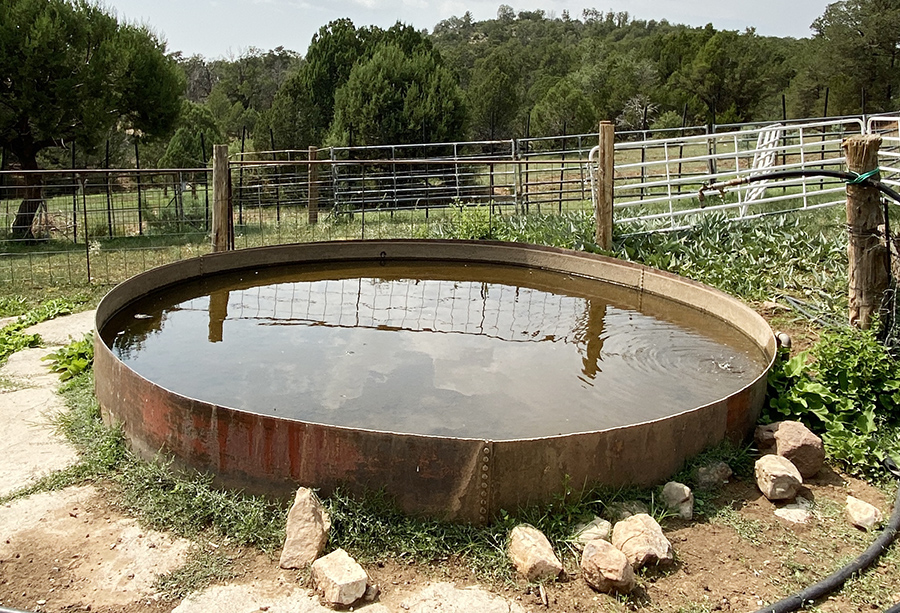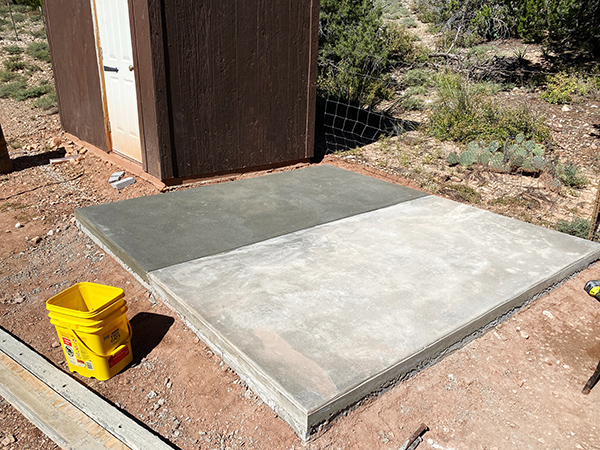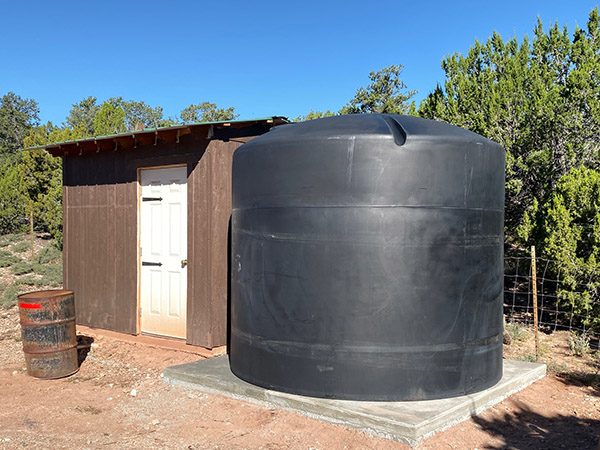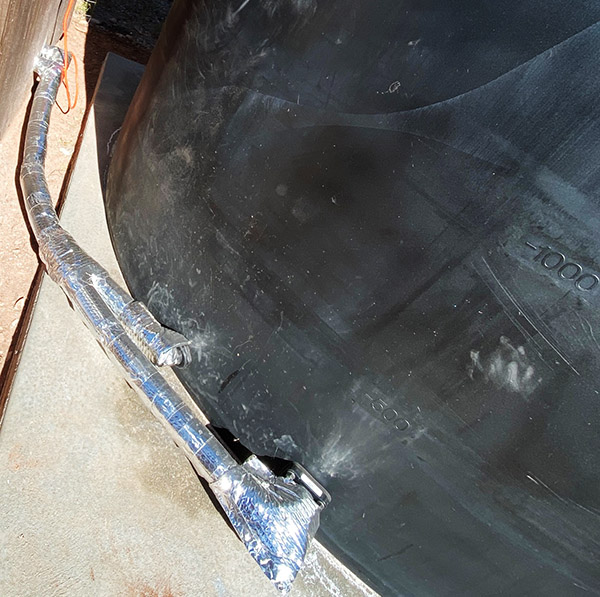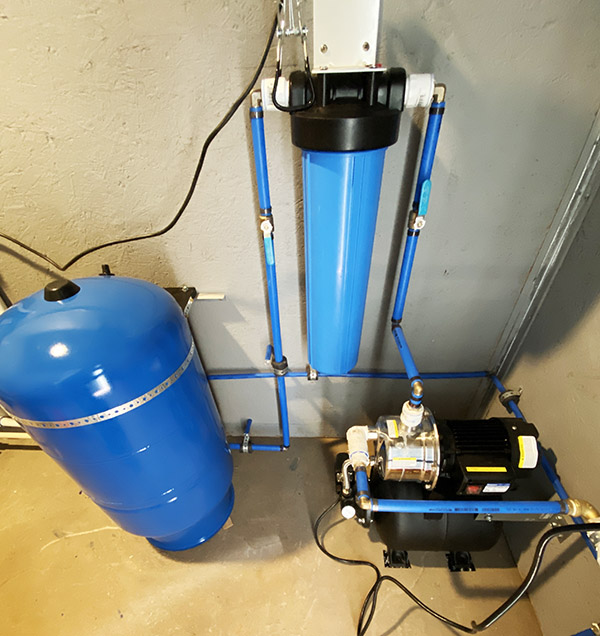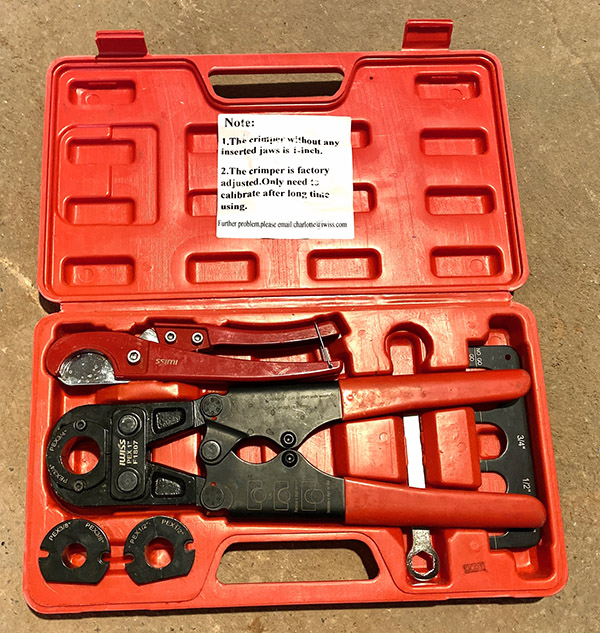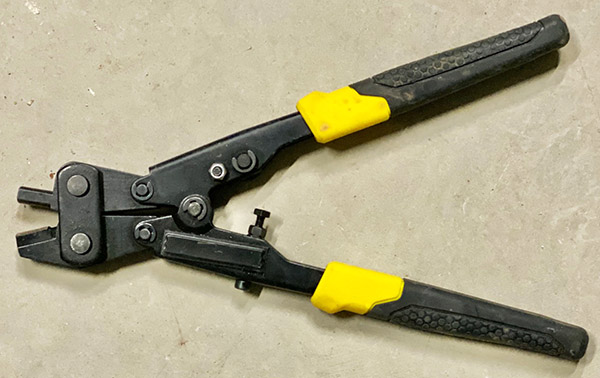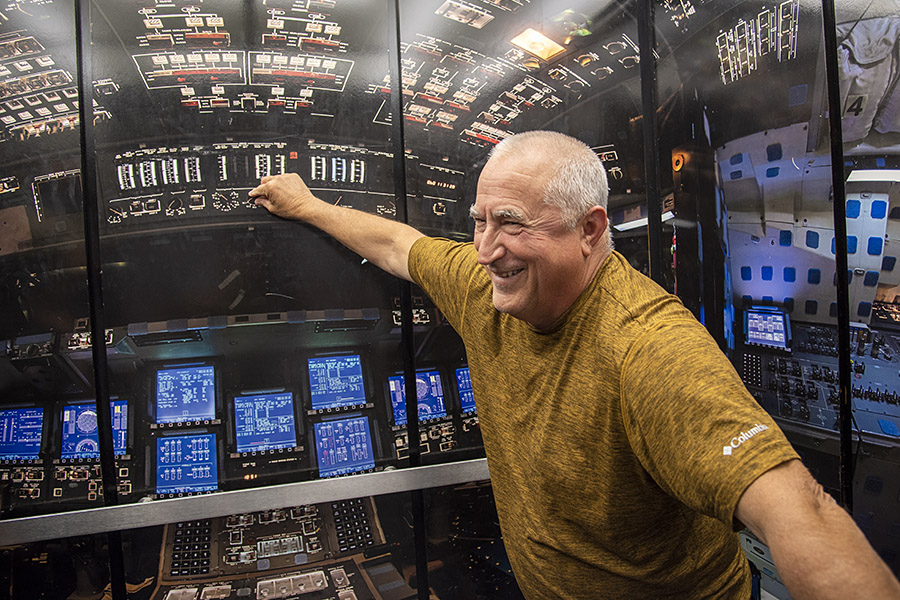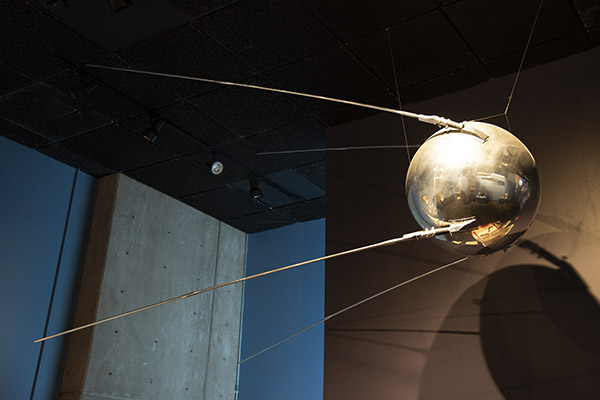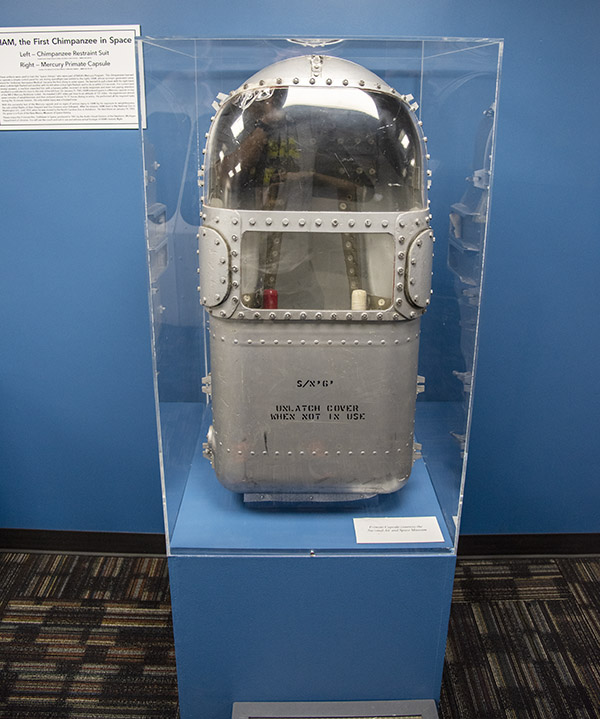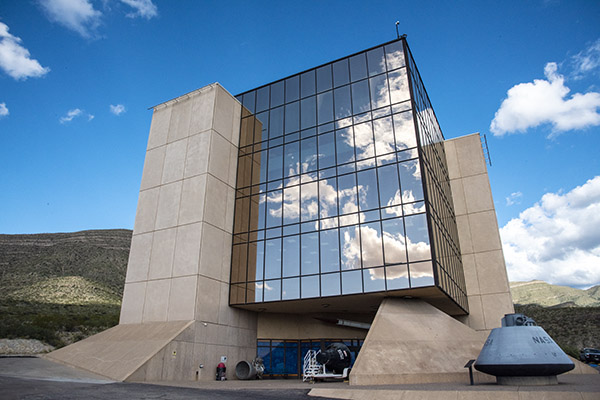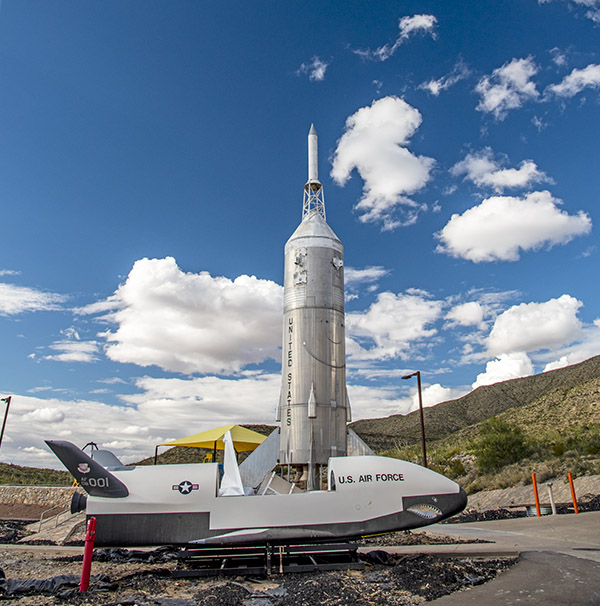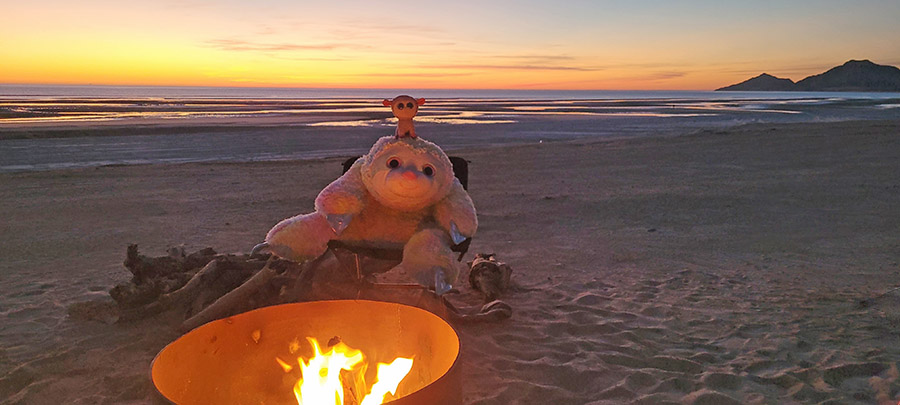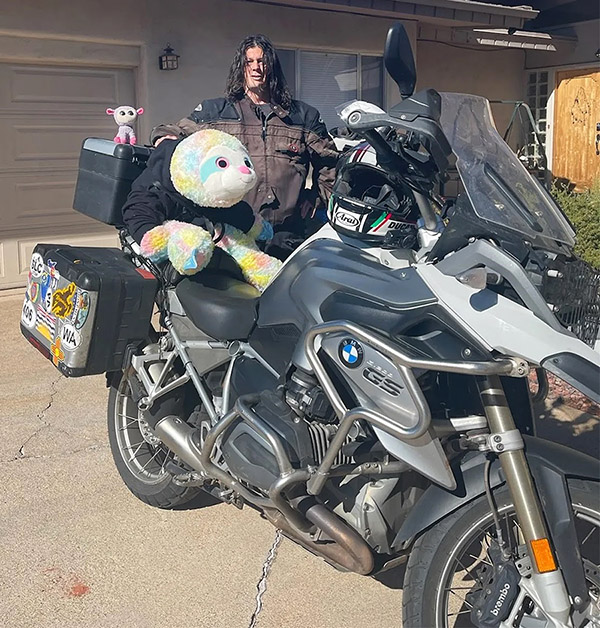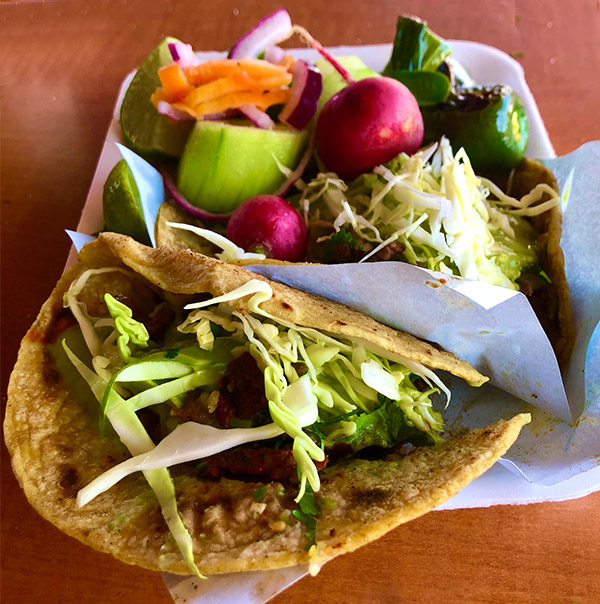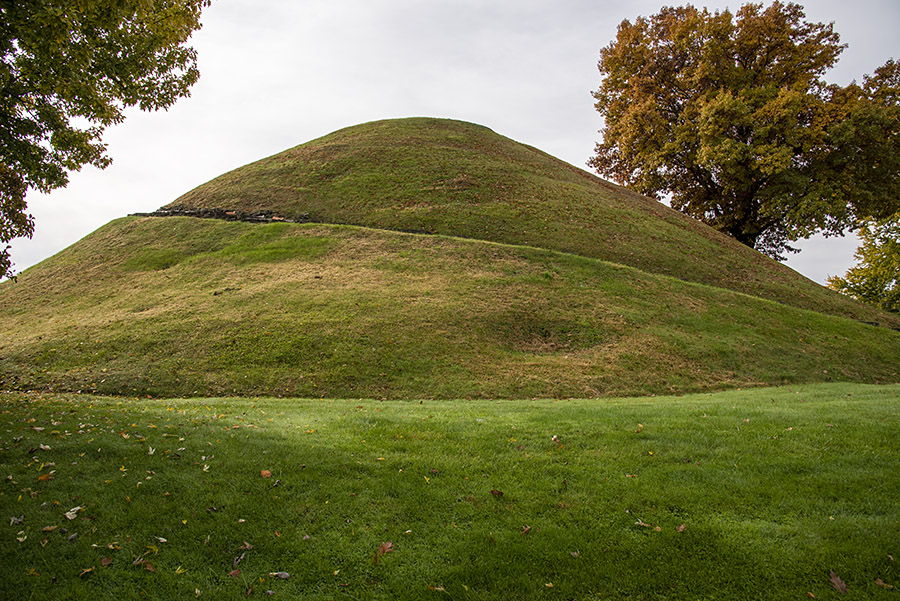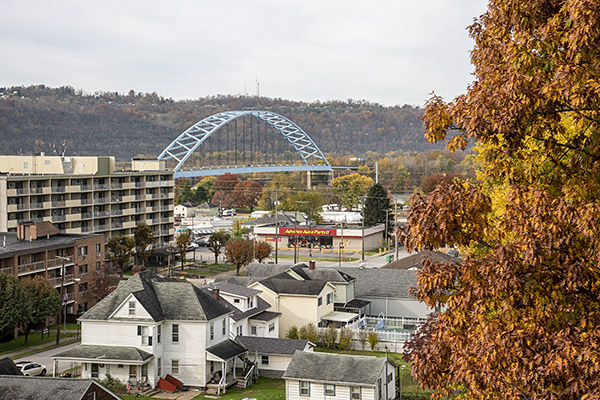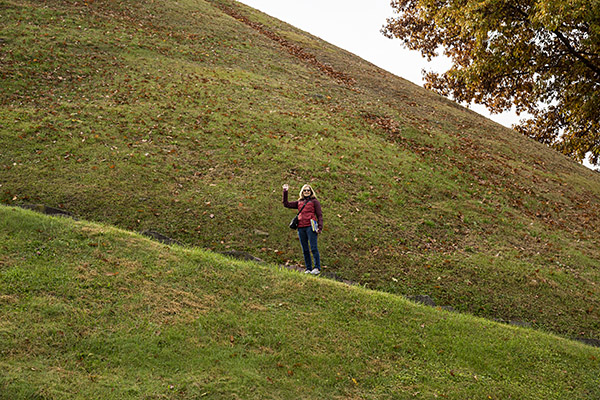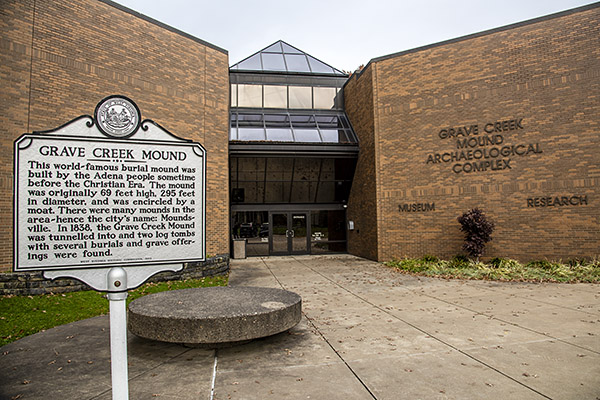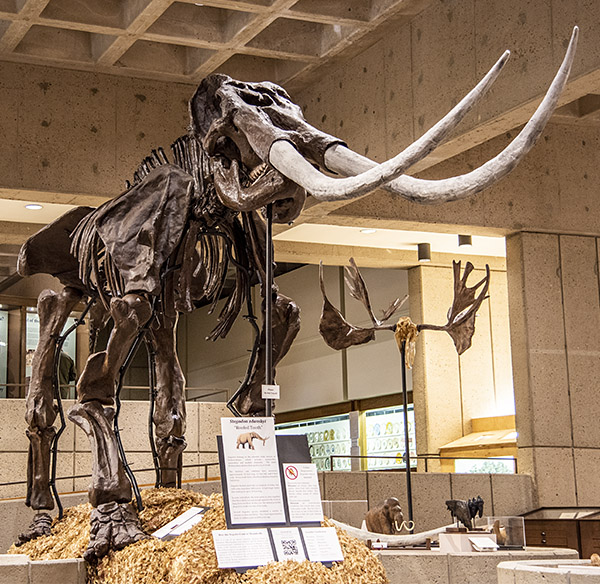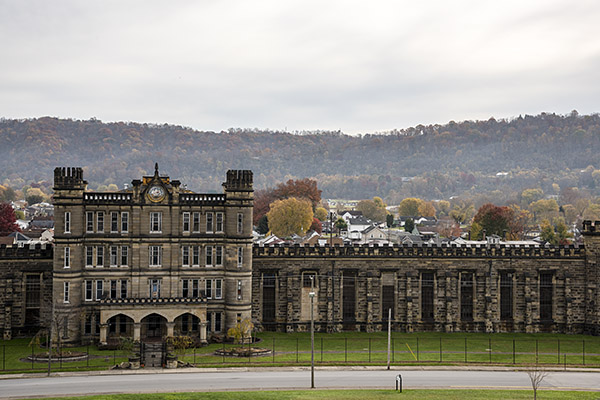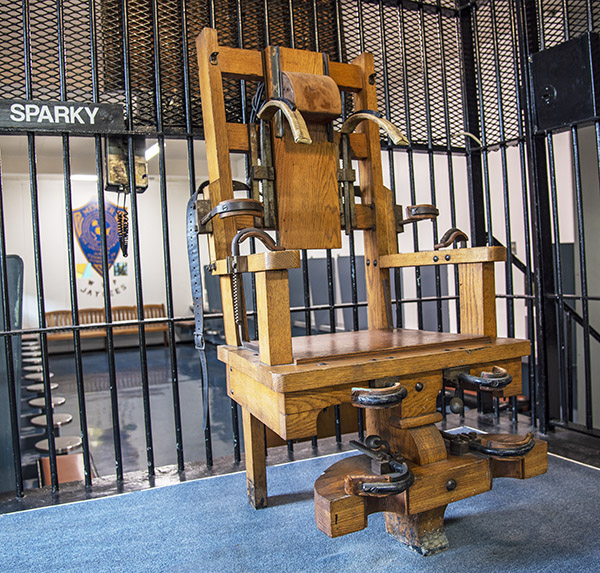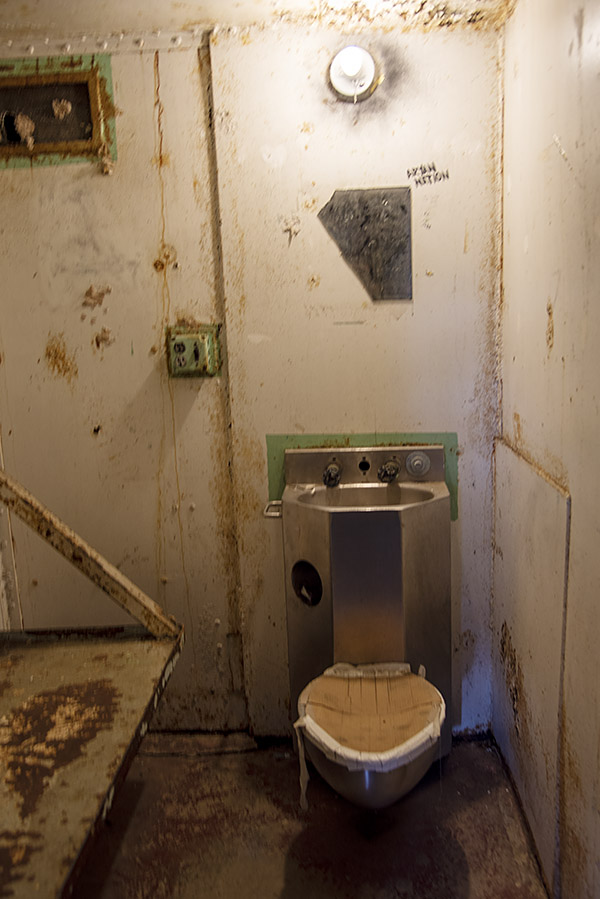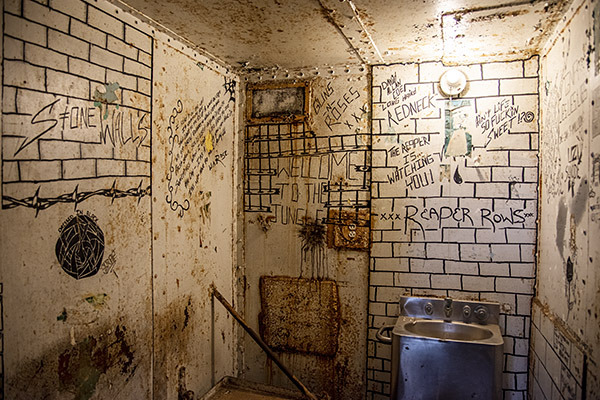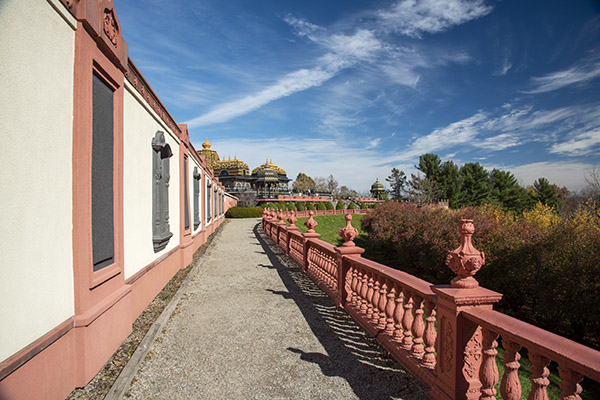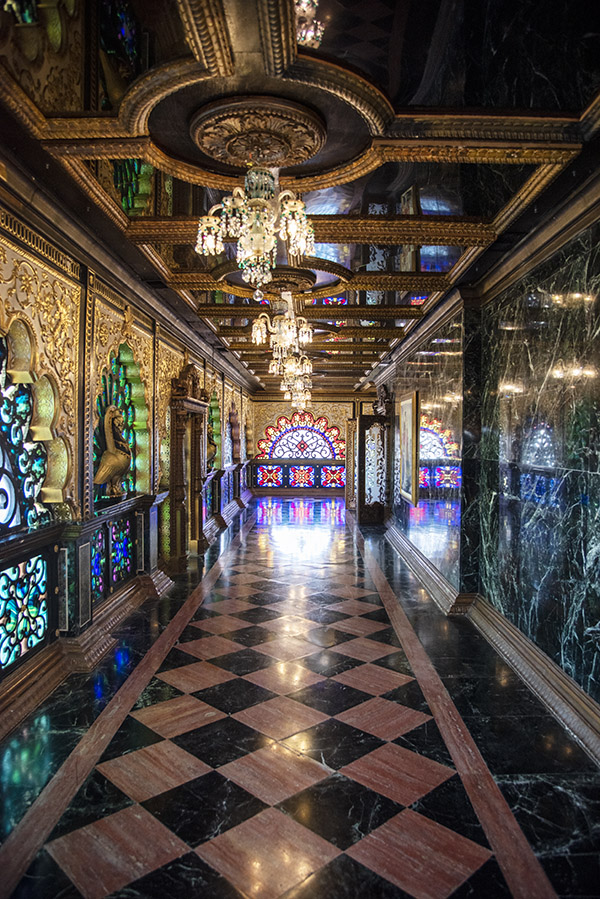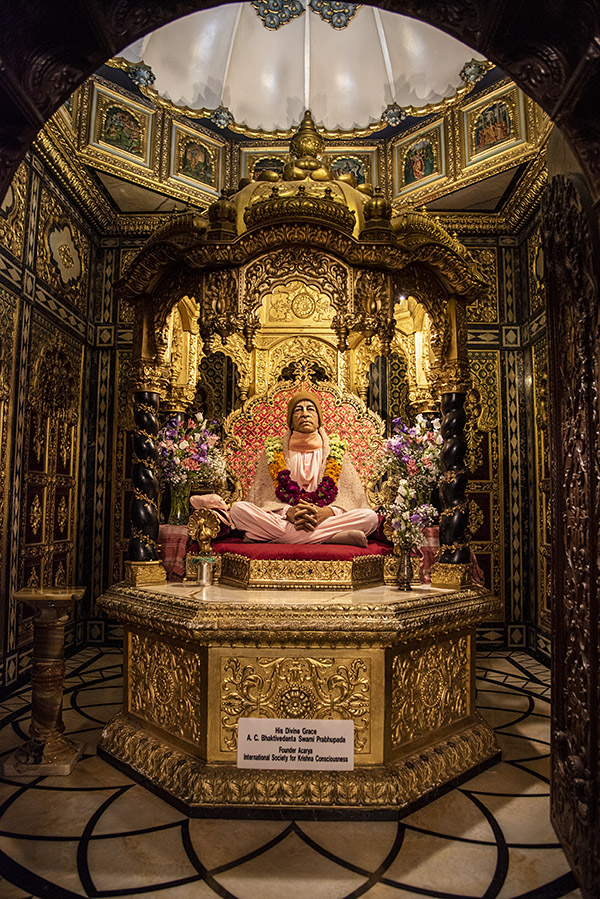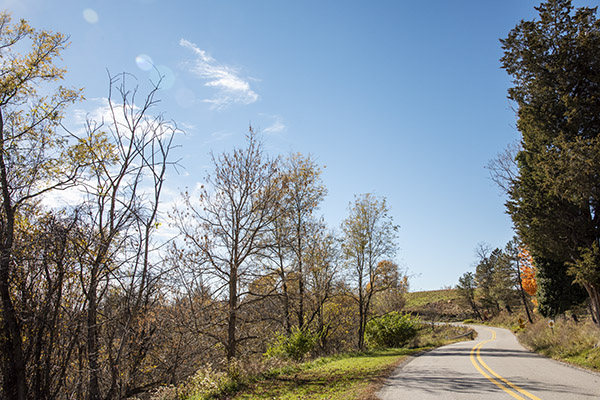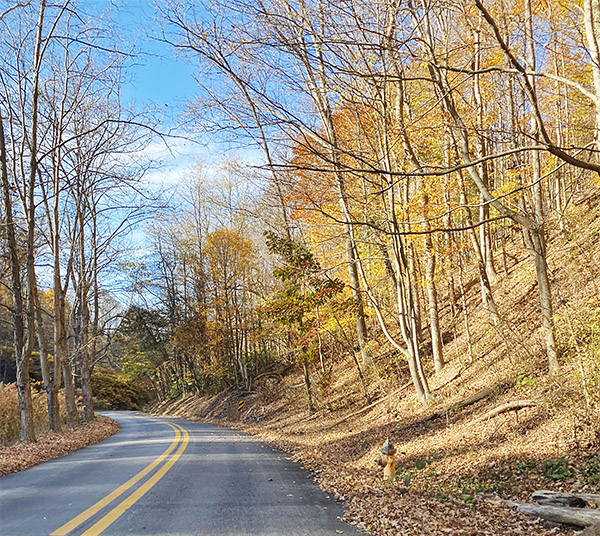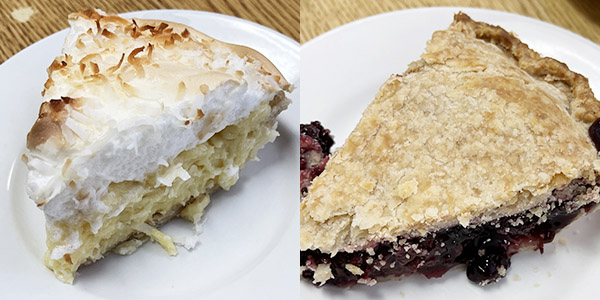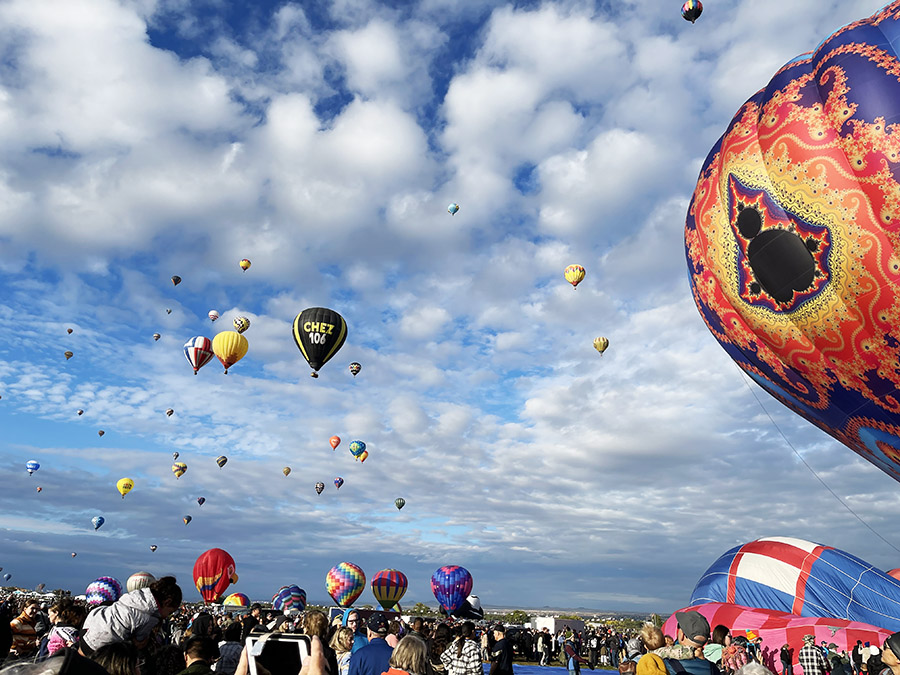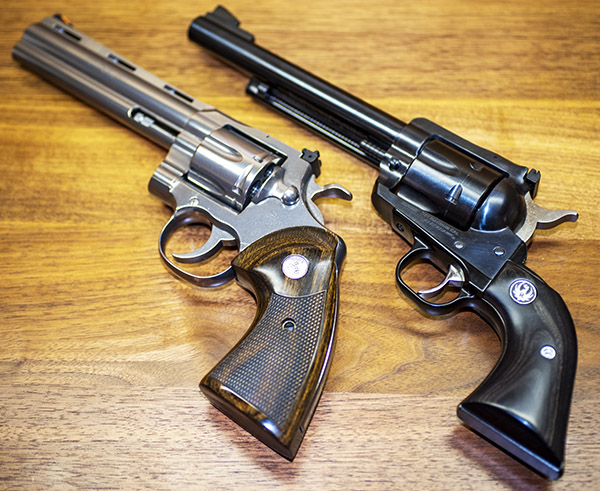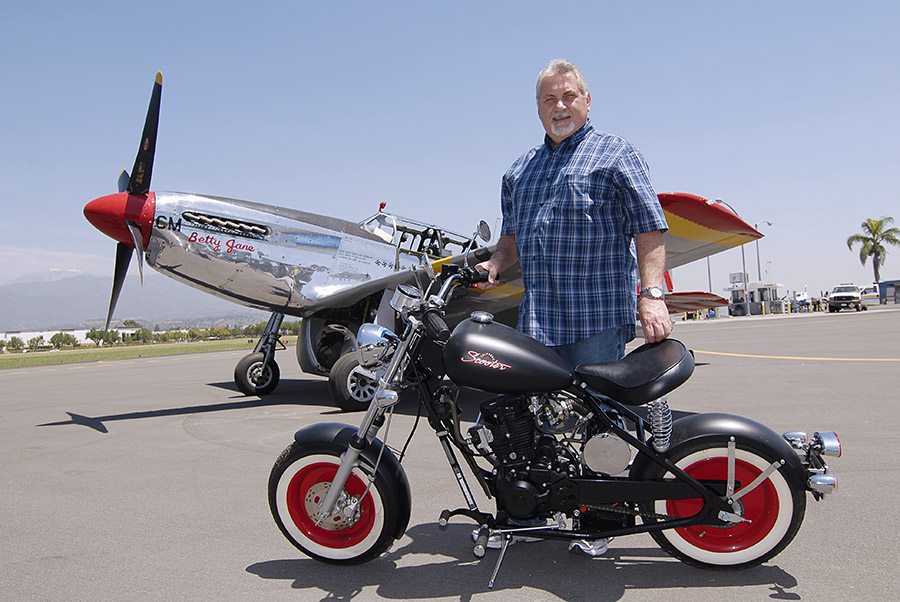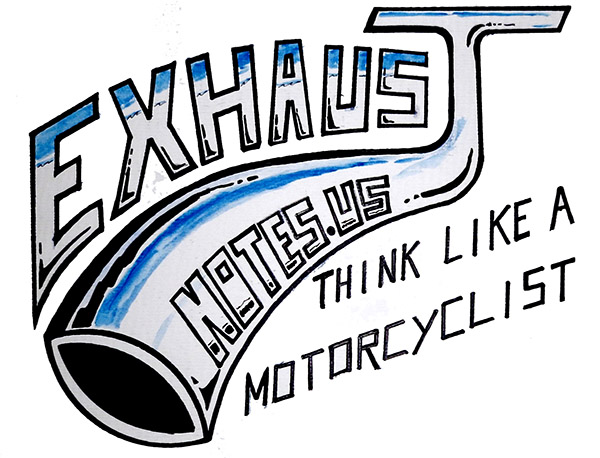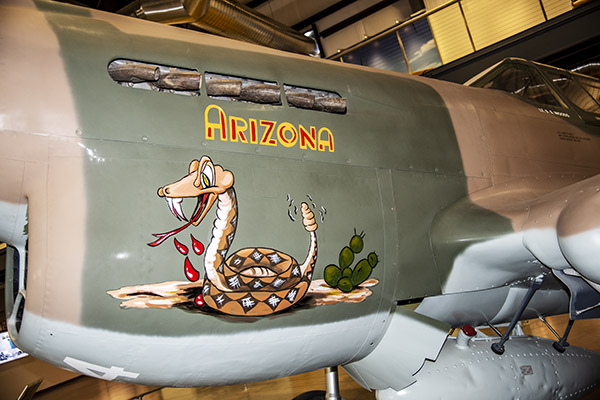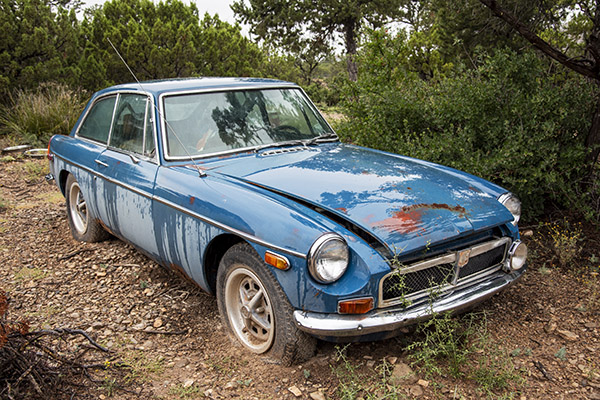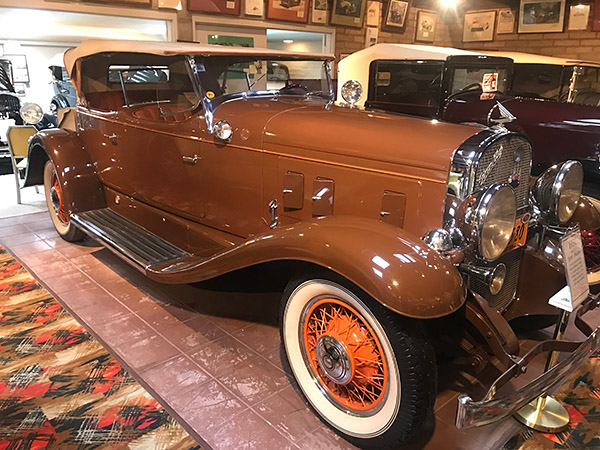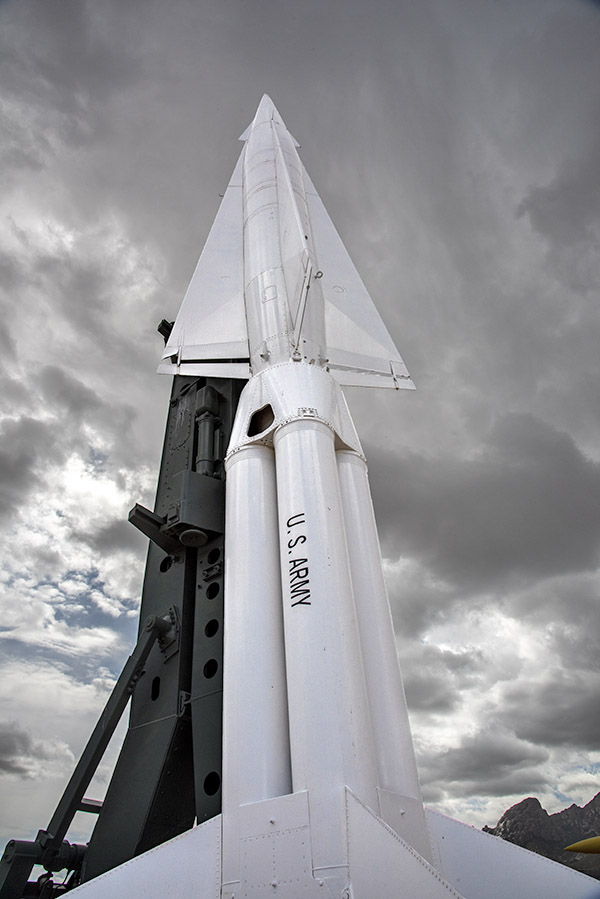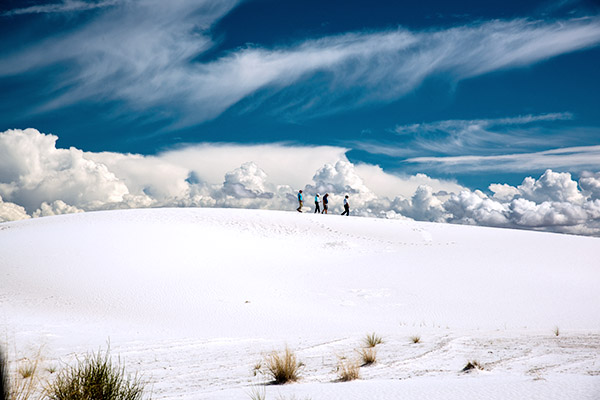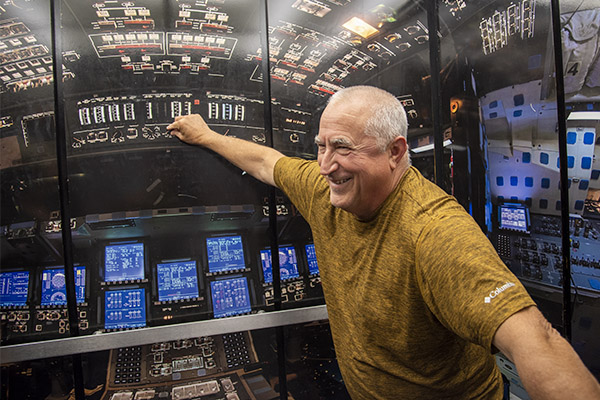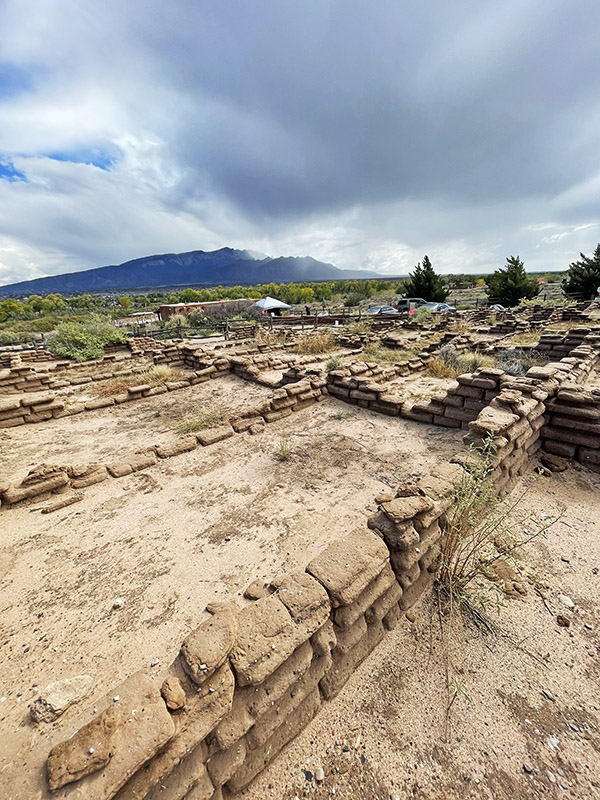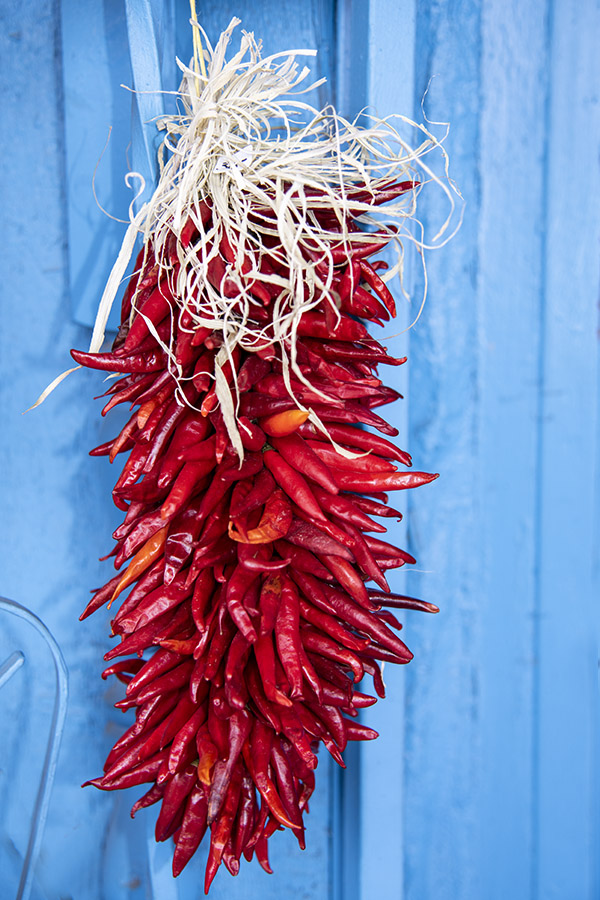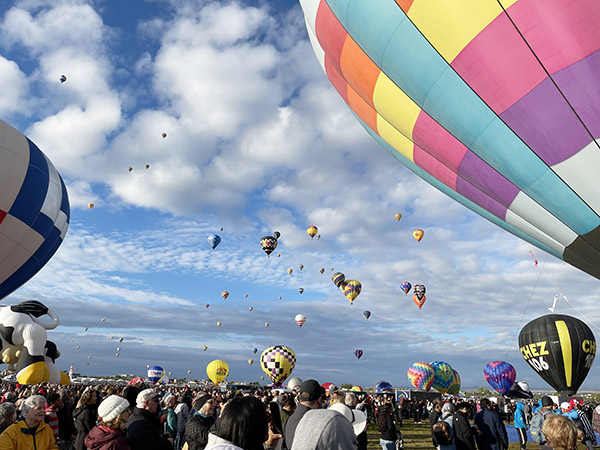“I am slowly dying every day I am here”
It was April 2017 and that was the thought that kept going through my head. I was living in Seattle and it was one of the grayest winters in Pacific Northwest history. According to meteorological scientists, there had been only thirty hours of sunlight from October to May. I was working remotely; a strange, novel existence that in a young and lighter life was referred to as telecommuting. To work remotely is to live semidetached from the rest of society. At times, it feels as though you are physically invisible to the world; literally, a digital personality. Of course, this was before the global pandemic came in and made remote work the new normal for those of us fortunate enough to have a job. I had begun losing motivation in my work and in most other aspects of life and it wasn’t just the weather. Maybe it was the fact that I wore the same ratty Boston University hoodie every day that winter and ate Shin Ramen for two of my three meals a day. Maybe it was that the people I saw in the streets and places I frequented seemed to be as isolated and disconnected as I was feeling at the time.
Looking back on those gray, empty, Seattle days I realize now that the need for freedom and openness was what finally forced me to make such a drastic change. I needed a hard reset of my current mindset and environment, one that would revolve around my passion for riding motorcycles. I wanted to take the check-mated chess game that had become my life and forearm-swipe the whole thing across the room, kind of like the Jack Nicholson diner scene in Five Easy Pieces.
So that is exactly what I decided to do.
New game
I decided I was going to put the Jet City in my rearview mirror and travel the country on my Ducati Monster M1100. This torquey little machine had a dry clutch with a stiff pull, which made a beautiful “clack clack clack” sound that reminded me of a WWII P-51 Mustang heading into a dog flight alone, against a squadron of Messerschmidts. I loved my Monster, and we had seven good years together feeling the wind in our hair and the angry vibes of the 1100 CC v-twin engine on two-lane roads all over this amazing country. I had even camped off this sleek little machine during a memorable ride down the coast to San Francisco. To me the Ducati Monster M1100 is everything that a motorcycle should be. Nothing extra, and nothing less. In fact, the only thing that bike wasn’t fit for was the journey I was about to take.
The Plan
The high-level plan was to head east on I-90, blaze through E-WA and Idaho in one go, not stopping until I hit the unadulterated freedom of open space called Montana. I would camp every chance I could in the open-air majesty of perhaps our greatest treasure; America’s National Forests. I planned to visit National Parks, and stop to see every UFO landing site and giant ball of string that caught my eye. Most importantly, I would make sure that my thirst for the road on a fossil fuel burning two-wheeler was quenched on a daily basis. I would live in Airbnb’s during the week, feeding my pencil thin bank account by logging in to my nine to five via laptop as an IT project manager. Although I did fine at my job, I had this unique perspective that work was a vehicle, a vehicle that when pointed in the right direction and driven with the right intent could be used to feed my hunger for riding, camping, and living life in a way that I would not regret when my last days arrived. Monday through Friday I would continue to persevere in my career. Weekends, however, would be all mine and I intended to max each one out with the whistle of speed in my ears and a thick coating of dead insects on my face-shield.
Seattle
The weather finally broke in May. I greeted the first rays of sun with squinted eyes, dangerously low vitamin D levels and steaming cup of Starbucks, which would be my last for a while. I loaded the Ducati with all my gear and took a step back to look things over. The packing list was dangerously minimal, yet the bike looked like something off of Sanford and Son. My gear was just too much for the journey I had planned on the Ducati.
I had to make a difficult decision, one that I had been stewing on for years, in fact. Some might call it an up-grade, some might call it the death of romance. Some might call it the end of the sexy and lyrical object worship and variable reliability that is the result of Italian design and engineering. That day… that fateful day, I traded my Ducati Monster in for a BMW GS1200.
Coming out of the closet as an adventure rider
I now had the perfect bike for the adventure and the lifestyle I was about to launch into. I had no idea it would lead to an all-consuming life obsession that would take me some 50,000 plus miles down every type of road imaginable on one excursion after another with no end in sight. When I departed Seattle on that first sunny day in May I remember thinking “I’ll just cruise out to Montana tomorrow and get to know my new machine.” My plan was light on detail and I told myself I’d deal with that, well, tomorrow. Besides, spring was in the air and I had never spent more than a few days in Montana, and that was years earlier. I had been headed in the opposite direction then, and running on Red Bull and fumes, hunched over the Ducati’s bars on a laser-focused run down the entire length of I-90 from Fenway Park in Boston all the way to Seattle’s Safeco Field.
That first day riding east was epic. As I left Seattle, I remembered the scene at the beginning of Easy Rider where Peter Fonda tossed his watch onto the desert sand as they kicked started their Vaughs and Hardy chops and blazed out eastward on their own adventure towards Mardi Gras. The day couldn’t have tasted better. The smell of Spring was thick in the cool morning air. The sky opened up as if to reassure me I had made the right choice and would be there to support and guide me in this liberating endeavor. The enormous evergreens of the coast became steadily shorter, fewer and far between until they disappeared and were replaced by tumbling sage and the open high desert of eastern Washington.
I don’t know how fast I was going but there was still a light mist coming off the Columbia as I cut through a vicious cross wind on the bridge at Vantage. The traffic thinned out with every mile as the quiet machine practically rode itself eastbound. Spokane, Coer’D’Alene, Post Falls, Idaho… Well hello Montana! I rolled into Whitefish and stopped for my first full meal since I had left out. It wasn’t anything spectacular; a small brewery on the outskirts of town. I could have eaten a gas-station bologna sandwich on stale bread and been just as happy. I had made that leap and had landed squarely outside the hamster wheel, looking in. It felt like coming home.
Montana is a rider’s paradise. With a rough plan of spending 2 weeks in Whitefish I would start by riding a road called Going to the Sun, which is a rare and beautiful collection of breathtaking views that you take in between sweeping switchback curves on good asphalt. The experience leaves you feeling unstoppable while the occasional grizzly bear sighting reassures you that your place in the food chain is not always at the top.
Going to the Sun was a life-changing road on a bike that would prove life-changing for me as well. The GS was silent compared to the Ducati. It had roll on power for the slow steady grades of the continental divide. I sat up high and took in the wildflowers of spring and the smells of Ponderosa and Lodgepole pine as I changed the GS’s road setting to sport mode, opened up the throttle and consumed mile after mile of sun-baked highway.
At some point in mid-June, I lit out of Whitefish on Forest Service roads, starting to get a feel for what the GS and I were capable of together. Hunter S. Thompson famously said, ‘The edge; the only ones who really know where it is, are the ones who have gone over.’ There were several times on that ride when I had to dust myself off and pick up all 650 pounds of fully loaded GS before pointing her east and rolling it on. A sort of cadence developed on those sandy mountain roads; drop the bike, swear a lot, cut the engine, swear some more, then pick her up, swear a bit more, onward and upward. It was all part of a steep learning curve that comes with all things worth doing, and I learned that lesson one dropped twenty thousand dollar German motorcycle at a time until the new car smell was all but washed off of her.
I was falling fast in love with my new bike and Montana too, and soon after Whitefish I made the decision to relocate to Missoula where I began taking weekend trips out to experience some of America’s most drooled over stretches of two-lane blacktop. One of those American roads I will never forget is the Beartooth Highway, which stretches between Red Lodge and the Northeast Entrance to Yellowstone. If we set foot on Mars in my lifetime, I may just volunteer to go. Until that happens I’ll have the Beartooth Highway; A pristine lunar landscape that is literally without end, show-casing snow-capped peaks that go on forever to your left, right and center. The road going up Beartooth Pass is a chain of perfect hair-pin switchbacks so parabolically consistent that after a few awkward peg-scrapers I was able to lean the big GS in with a confidence reminiscent of my old Ducati. I experienced seventy-odd miles of rider’s paradise on this first outing from my new Missoula basecamp and finished the day dropping into Yellowstone, which, when it’s not choked off with Winnebagos and European tourists in black socks, is truly one of the seven wonders I have personally experienced on two wheels. You can camp on a pristine prairie and share the view with the bison who will roam freely around you as you grill up a rib-eye from one of their close cousins and enjoy a well-earned adult beverage in a tall can. This riding experience was something patently American; the stuff of childhood cowboy dreams and one I will never forget.
I hit Montana running, never planning more than twp weeks in advance and I never really stopped. The ride has been something enviable to those that understand. I am currently writing this sitting in front of a warm fire on this chilly June day in Lake City Colorado with the GS unloaded and parked where I can keep an eye on her. I will spend a few more weeks tearing up the asphalt and dirt in this geographically diverse state before setting sites on my next challenge.
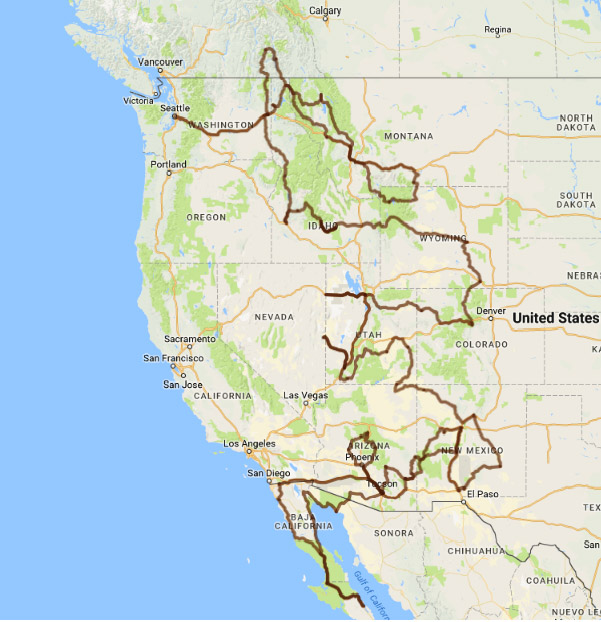
I try to avoid the news, but it’s easy to see the world is spinning faster than ever these days. People seem to be polarizing more and more to where common ground is hard to find. In this unstable operating environment, you need to find a constant; a baseline; a solid rock that you can stand on, mentally and spiritually. Call it a ground-wire. For me, that constant is riding a motorcycle and the life that comes with it. Using the power of the ride to find common ground with people is one of the most magical talents I have learned to develop
So, as I continue on my ride, I am reminded that balance on two wheels requires constant motion. And like my last listless, restless winter in Seattle, there can be great tension in standing still. I think of the balance sometimes when I am polishing off a tall can, watching the crackling campfire reflect off the GS’s exhaust system, always parked close where I can keep an eye on her – after all, we are alone in a wild place. Now that I think about it, I’m pretty sure that’s what keeps us together.
Hit those popup ads! It’s what keeps us going.
Never miss an ExNotes blog:

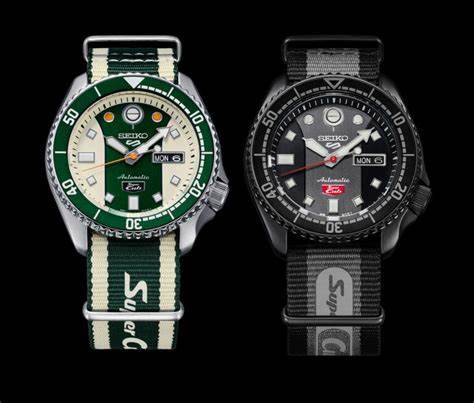
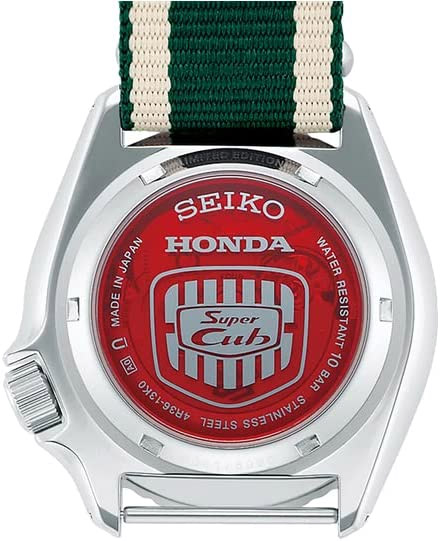
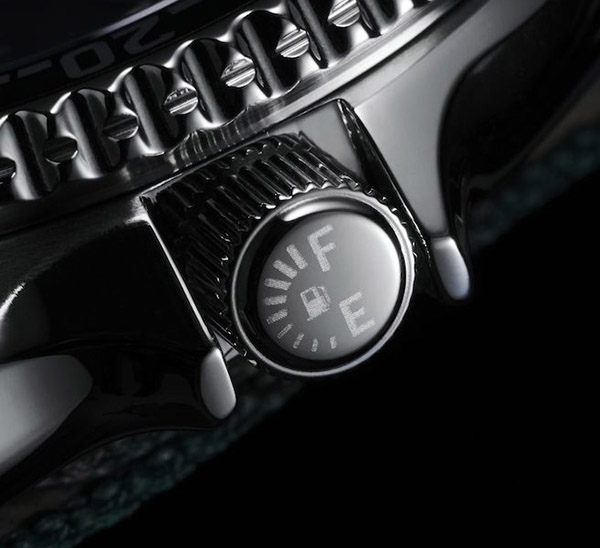
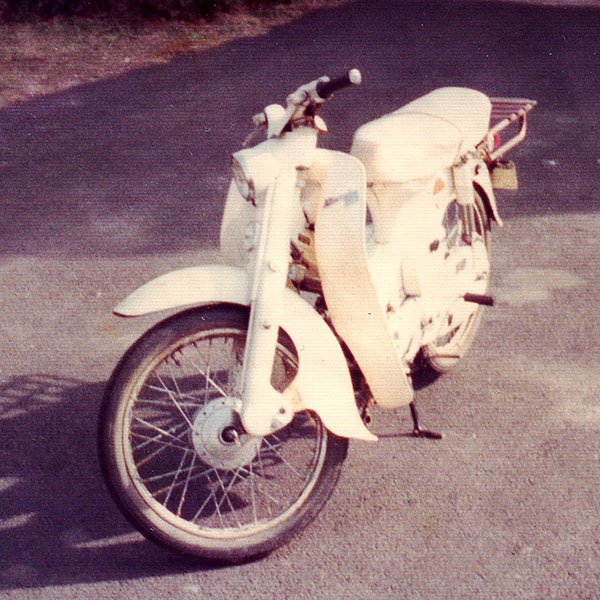
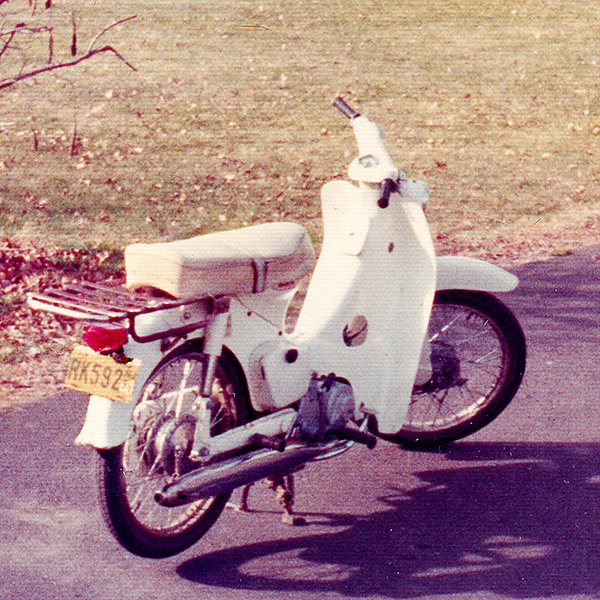


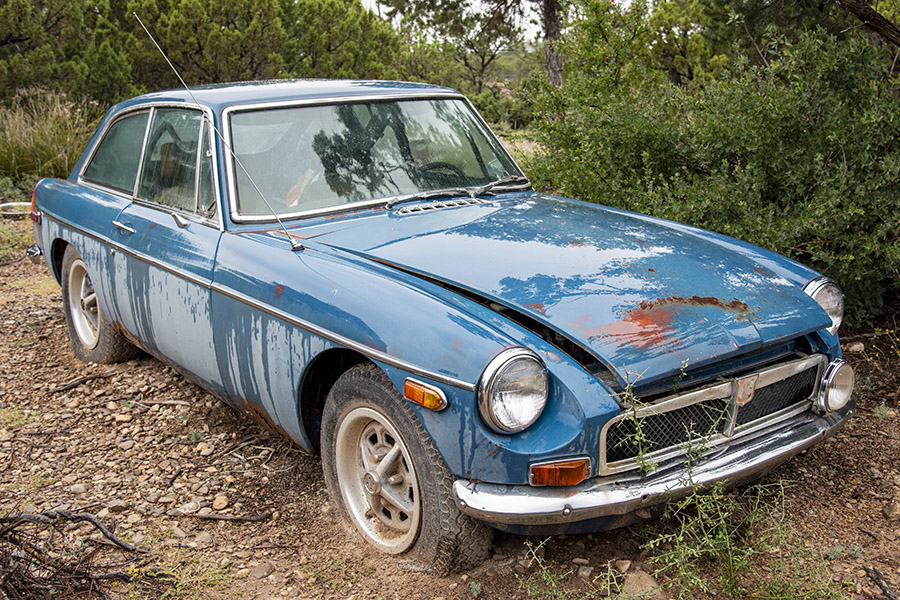

 On of my largest assets is the 4-speed Suburban project. When I bought the ’90 ‘Burb it came with a malfunctioning automatic transmission. I hate automatics and malfunctioning ones even more so. The 700R4 works in Drive and Reverse but not in 1-2-3. The truck runs fine and it will tote a 3000-pound load without complaint but that boring automatic has got to go. It’s a rare Suburban that came with a 4-speed from the factory and even rarer to see a ½-ton version. I’ve only seen one 4-speed ‘Burb and it was ¾-on. This project keeps earning interest and I’ve been training a weather eye on Internet sale sites for a cheap, manual transmission, 4X4 GM truck to steal the guts from. I found a late model, 4X4-IFS 1/2-ton truck with a 5-speed and a nice FI engine that ran well but the transfer case and transmission housing were broken and besides everything was on the wrong side for the old straight axle suburban.
On of my largest assets is the 4-speed Suburban project. When I bought the ’90 ‘Burb it came with a malfunctioning automatic transmission. I hate automatics and malfunctioning ones even more so. The 700R4 works in Drive and Reverse but not in 1-2-3. The truck runs fine and it will tote a 3000-pound load without complaint but that boring automatic has got to go. It’s a rare Suburban that came with a 4-speed from the factory and even rarer to see a ½-ton version. I’ve only seen one 4-speed ‘Burb and it was ¾-on. This project keeps earning interest and I’ve been training a weather eye on Internet sale sites for a cheap, manual transmission, 4X4 GM truck to steal the guts from. I found a late model, 4X4-IFS 1/2-ton truck with a 5-speed and a nice FI engine that ran well but the transfer case and transmission housing were broken and besides everything was on the wrong side for the old straight axle suburban. The chalky blue, 1974 MG GT came with Tinfiny Ranch and was listed as an out building on the deed. This car was on the chopping block until I started reading about MG’s with Buick 215 cubic-inch aluminum engine swaps. I really have to stay off the internet. The Buick engine triples the horsepower, doesn’t weigh much more than the iron 4-banger it replaces and sounds cool as hell revved up to 6000 RPM. This is one asset I kind of wish was not in my Project Bank as I’ve never been that interested in cars. Still, it’s there waiting on me.
The chalky blue, 1974 MG GT came with Tinfiny Ranch and was listed as an out building on the deed. This car was on the chopping block until I started reading about MG’s with Buick 215 cubic-inch aluminum engine swaps. I really have to stay off the internet. The Buick engine triples the horsepower, doesn’t weigh much more than the iron 4-banger it replaces and sounds cool as hell revved up to 6000 RPM. This is one asset I kind of wish was not in my Project Bank as I’ve never been that interested in cars. Still, it’s there waiting on me. Tinfiny Ranch itself is a huge source of endless work, but beyond the physical plant The Ranch continues to deposit surprises into my Project Bank. This Merry Tiller project revealed itself as I was hauling away two, multi-panel garage doors. The doors sections were stacked with spacers in the popular rat-paradise fashion and I gave chase to a couple fat rats but they got away from me in the thick brush down by the ravine. The Merry Tiller looks like it will come in handy for the raised-bed vegetable garden (yet another deposit in The Project Bank) I’m planning for the back yard. The engine on the tiller is not stuck and being a Briggs & Stratton I’m sure it will run so I’m leaving it in The Bank for safe keeping.
Tinfiny Ranch itself is a huge source of endless work, but beyond the physical plant The Ranch continues to deposit surprises into my Project Bank. This Merry Tiller project revealed itself as I was hauling away two, multi-panel garage doors. The doors sections were stacked with spacers in the popular rat-paradise fashion and I gave chase to a couple fat rats but they got away from me in the thick brush down by the ravine. The Merry Tiller looks like it will come in handy for the raised-bed vegetable garden (yet another deposit in The Project Bank) I’m planning for the back yard. The engine on the tiller is not stuck and being a Briggs & Stratton I’m sure it will run so I’m leaving it in The Bank for safe keeping.





